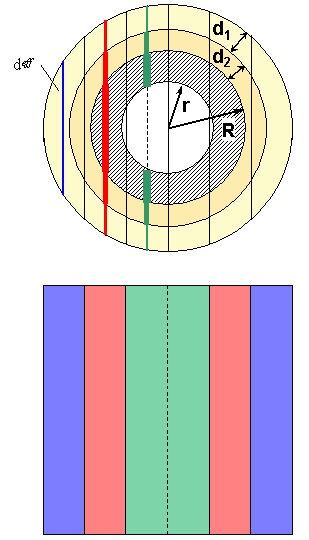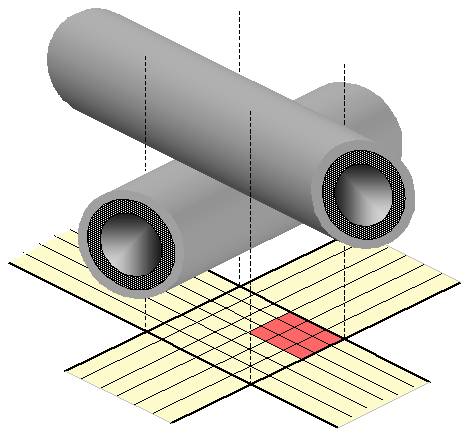Latest version:
7.83.998
Latest version:
7.83.998
Nanotubes have attracted high interest due to their unique mechanical and electronic properties. Nowadays, a growing attention has been paid on the mixing of nanotubes into various matrixes to improve their mechanical properties or to increase their thermal and electrical conductivity. Sometimes application of nanotubes is limited because of their ability to react with the ambient or the matrix. Coating of the nanotubes is one of the possible solution to maintain their advantage but to avoid the degradation during processing or at high temperature applications. Determination of the thickness of the coating is usually a key issue.
The description of intensity of photoelectrons emitted from cylindrical surfaces covered by overlayers, despite the simplicity of the shape, cannot be applied directly for nanotubes. In this latter case, the diameter of the nanotubes and the thickness of the tube wall are commensurable with the thickness of the layers. This means that there is no "bulk like", i.e., infinitely thick, material, the electrons are emitted from the bottom part of the nanotubes, and they can emerged from several rows of tubes and passing through the top one. In that case, the cross section of the tube is divided into segments of equal angles.
Tubes are divided into segments of equal width instead of equal angle. The size of the tube cannot be neglected, as well. Both the outer (R) and inner (r) radii must be known.

The most characteristic arrangement of the randomly piled nanotubes is not the parallel but the crossing position at various angles. When two tubes are in such position, all segments of the two tubes are overlapping with each other. The projected area of the overlapped segments are equivalent and the their ratio is invariant to the crossing angle of the tubes, as illustrated in the next figure. The further underlying tube rows are supposed to be parallel with the corresponding upper rows (1st with 3rd, 2nd with 4th, etc.). The latter assumption does not really affect the accuracy of the calculations because the contribution of the lower rows is usually less than one percent.

These types of calculations can be conveniently performed by XPS MultiQuant.